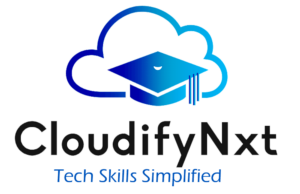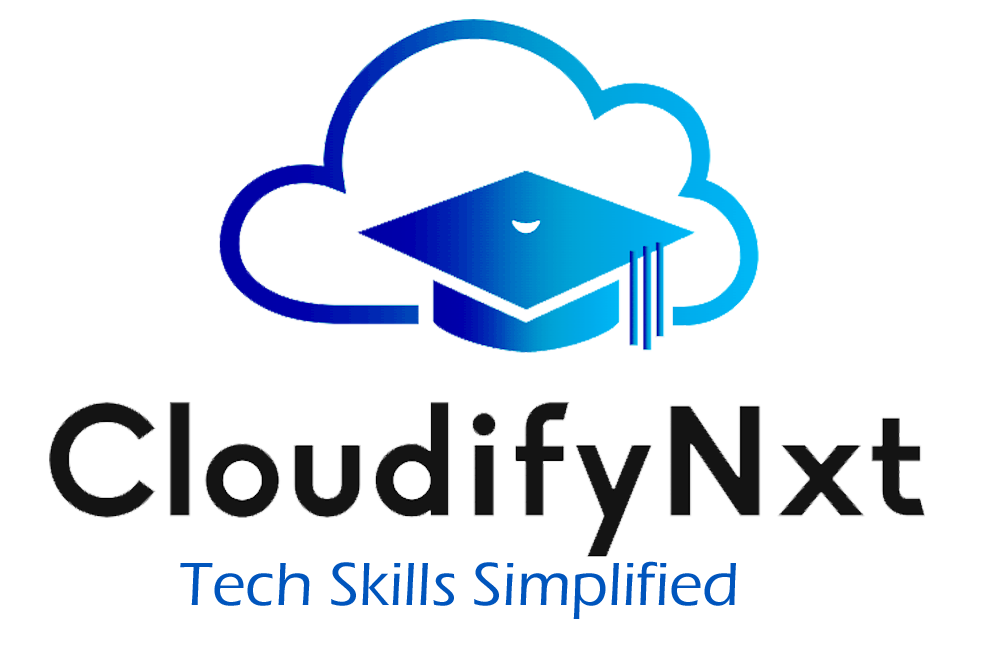
Final Year Project Ideas for Data Science: Unique and Practical Concepts for Engineering Students
Choosing the right final year project in data science is a crucial step for engineering students eager to demonstrate their skills and secure their future careers. With data science becoming an indispensable part of modern industries, students must explore projects that not only enhance their knowledge but also align with current industry demands.
This article presents fresh, innovative, and practical final year project ideas for data science students along with tips to leverage the power of machine learning, artificial intelligence, and data analytics — ensuring your project stands out in academic evaluations and job interviews.
Contents
- 1 Why Data Science Projects are Essential for Final Year Engineering Students
- 2 Innovative Final Year Project Ideas for Data Science Students
- 2.1 1. Student Performance Prediction Using Machine Learning
- 2.2 2. Social Media Sentiment Analysis
- 2.3 3. Health Diagnosis System Using Medical Data
- 2.4 4. Traffic Prediction and Congestion Management
- 2.5 5. Financial Fraud Detection
- 2.6 6. Customer Segmentation for E-commerce Platforms
- 2.7 7. Movie Recommendation System
- 2.8 8. Stock Market Price Prediction
- 2.9 9. Handwritten Digit Recognition
- 2.10 10. Energy Demand Forecasting
- 3 Tools and Technologies to Build Your Data Science Projects
- 4 How to Choose the Best Data Science Project for Your Final Year
Why Data Science Projects are Essential for Final Year Engineering Students
Incorporating data science in your final year project offers numerous advantages:
-
Skill Enhancement: Learn critical skills like data wrangling, feature engineering, and predictive modeling.
-
Industry Relevance: Aligns with the booming demand for data science and AI professionals worldwide.
-
Hands-On Learning: Apply theoretical knowledge to real datasets, improving problem-solving capabilities.
-
Career Advancement: Builds a strong portfolio showcasing your ability to handle complex data-driven challenges.
Innovative Final Year Project Ideas for Data Science Students
1. Student Performance Prediction Using Machine Learning
Project Brief: Create a model predicting student exam outcomes based on attendance, assignment submissions, and quiz scores.
Key Techniques: Regression models, decision trees, data preprocessing.
Benefits: Helps educational institutions identify students needing academic support.
2. Social Media Sentiment Analysis
Project Brief: Analyze public sentiment towards products, events, or political topics using tweets or Facebook posts.
Key Techniques: Natural Language Processing (NLP), text classification, sentiment lexicons.
Benefits: Valuable for brands to tailor marketing strategies or for government agencies to monitor public opinion.
3. Health Diagnosis System Using Medical Data
Project Brief: Use patient history and diagnostic parameters to predict diseases such as diabetes or cardiovascular conditions.
Key Techniques: Classification algorithms, Random Forest, Support Vector Machines (SVM).
Benefits: Early detection assists healthcare providers in preventive care.
4. Traffic Prediction and Congestion Management
Project Brief: Forecast urban traffic conditions using historical and real-time sensor data.
Key Techniques: Time series forecasting, Long Short-Term Memory (LSTM) networks.
Benefits: Supports city planners in optimizing traffic flows and reducing congestion.
5. Financial Fraud Detection
Project Brief: Develop a system to identify fraudulent transactions in banking data.
Key Techniques: Anomaly detection, unsupervised learning, clustering.
Benefits: Protects financial institutions and customers from fraudulent activities.
6. Customer Segmentation for E-commerce Platforms
Project Brief: Group customers based on purchase patterns for targeted marketing and personalized offers.
Key Techniques: K-means clustering, principal component analysis (PCA).
Benefits: Enhances sales through effective customer targeting.
7. Movie Recommendation System
Project Brief: Suggest movies based on users’ past preferences using collaborative filtering.
Key Techniques: Matrix factorization, cosine similarity, collaborative filtering algorithms.
Benefits: Improves user engagement and satisfaction on streaming platforms.
8. Stock Market Price Prediction
Project Brief: Predict stock prices using historical market trends and technical indicators.
Key Techniques: Time series analysis, ARIMA, deep learning models like LSTM.
Benefits: Assists traders with more informed investment decisions.
9. Handwritten Digit Recognition
Project Brief: Classify handwritten digits using image recognition techniques.
Key Techniques: Convolutional Neural Networks (CNN), deep learning frameworks.
Benefits: Basis for applications like postal mail sorting and digitization.
10. Energy Demand Forecasting
Project Brief: Predict future energy consumption for better resource management.
Key Techniques: Regression models, time series forecasting.
Benefits: Helps utility companies plan energy distribution efficiently.
Tools and Technologies to Build Your Data Science Projects
To implement the above projects effectively, familiarize yourself with these key tools:
-
Programming Languages: Python (preferred for data science), R.
-
Data Handling: Pandas, NumPy for efficient data manipulation.
-
Machine Learning Libraries: Scikit-learn, XGBoost, LightGBM.
-
Deep Learning Frameworks: TensorFlow, Keras, PyTorch for neural networks.
-
NLP Tools: NLTK, SpaCy for text processing.
-
Visualization: Matplotlib, Seaborn, Plotly for clear insights.
-
Version Control: Git and GitHub to manage source code and collaborate.
How to Choose the Best Data Science Project for Your Final Year
When selecting a project, consider the following:
-
Interest Alignment: Passion for the topic drives motivation and quality results.
-
Complexity Level: Match with your current skills; challenge yourself gradually.
-
Availability of Data: Ensure access to clean, relevant datasets.
-
Innovation Potential: Pick projects that offer room for novel approaches.
-
Career Goals: Choose projects that align with desired job profiles or industries.
